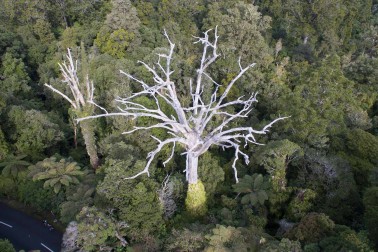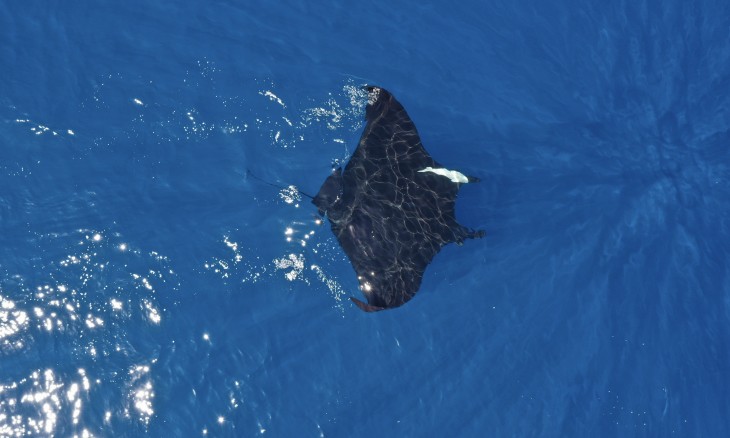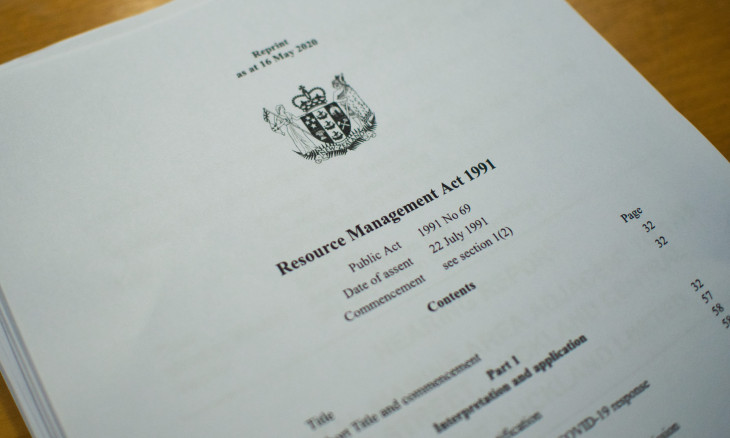Why it matters
Kauri dieback disease is caused by a microscopic spore that attacks the roots and trunk of kauri trees, damaging the tissue that carries nutrients, and causing them to starve.
Stop the spread
The best thing you can do to stop the spread of kauri dieback disease is to stay away from all areas with kauri forest unless you are undertaking vital predator control work.
The spore (Phytophthora agathidicida) is spread by soil disturbance and is mainly carried between trees in the mud on our shoes or outdoor equipment.
In the Waitākere Ranges, one study found that 70 percent of infected trees were within 50 metres of a walking track.
Pigs also spread the disease. They disturb and carry soil while rooting around for food on the forest floor. When pig numbers are controlled, the vegetation begins to regenerate and the pigs feed on that rather than digging up the
forest floor.
Dogs that are allowed to roam off leash also spread the disease. Small animals like
birds, rats and possums also move small amounts of soil and are less of a risk.
How to spot kauri dieback disease
Kauri dieback disease affects the roots and trunk of kauri trees. Trees with the disease will have:
- Yellow leaves
- Dead branches
- Thinning canopy
- Bleeding gum at the base of the tree, which spreads around the trunk to form a collar
If you find a kauri tree with signs of the disease, you can report it to the Kauri Dieback Management Team by calling 0800 NZ KAURI (0800 695 2874)
Kauri dieback doesn't just affect kauri
At least 17 other species depend entirely on kauri and this soil type in order to survive. If we lose kauri, we will lose these species too. Kauri are a keystone species and create a unique acidic soil type called a kauri podsol.
Studies from Auckland University have found that the disease affects tanekaha and that kauri dieback could affect many more native plant species.











